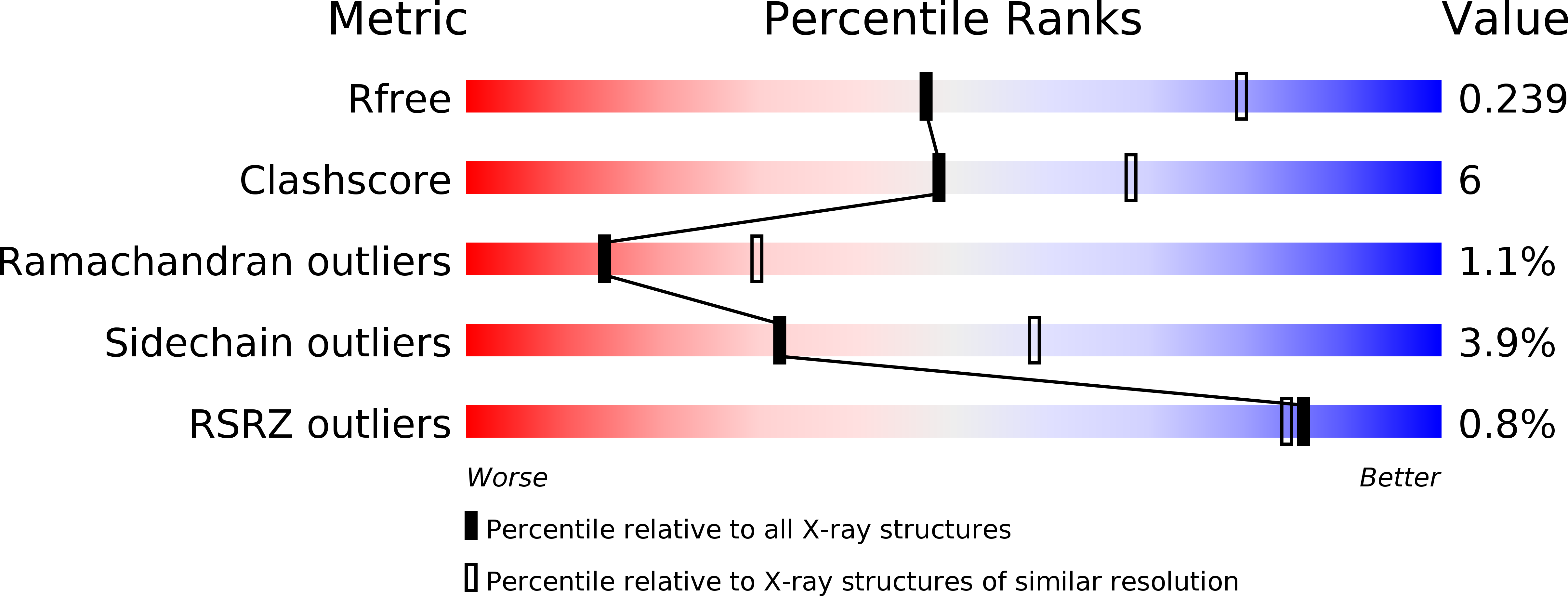
Deposition Date
2016-08-11
Release Date
2016-10-12
Last Version Date
2024-11-06
Entry Detail
PDB ID:
5LP2
Keywords:
Title:
Adhesin domain of the type 1 HopQ of Helicobacter pylori strain G27
Biological Source:
Source Organism:
Helicobacter pylori (strain G27) (Taxon ID: 563041)
Host Organism:
Method Details:
Experimental Method:
Resolution:
2.60 Å
R-Value Free:
0.23
R-Value Work:
0.20
R-Value Observed:
0.20
Space Group:
P 1 21 1


